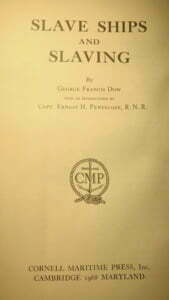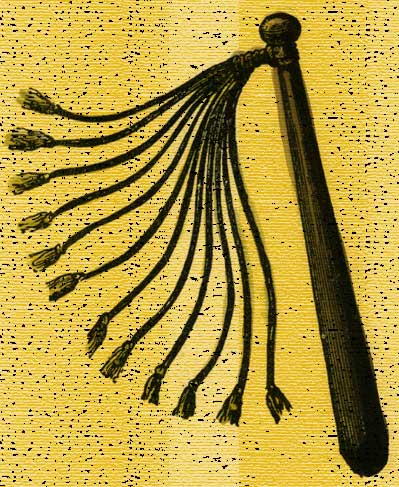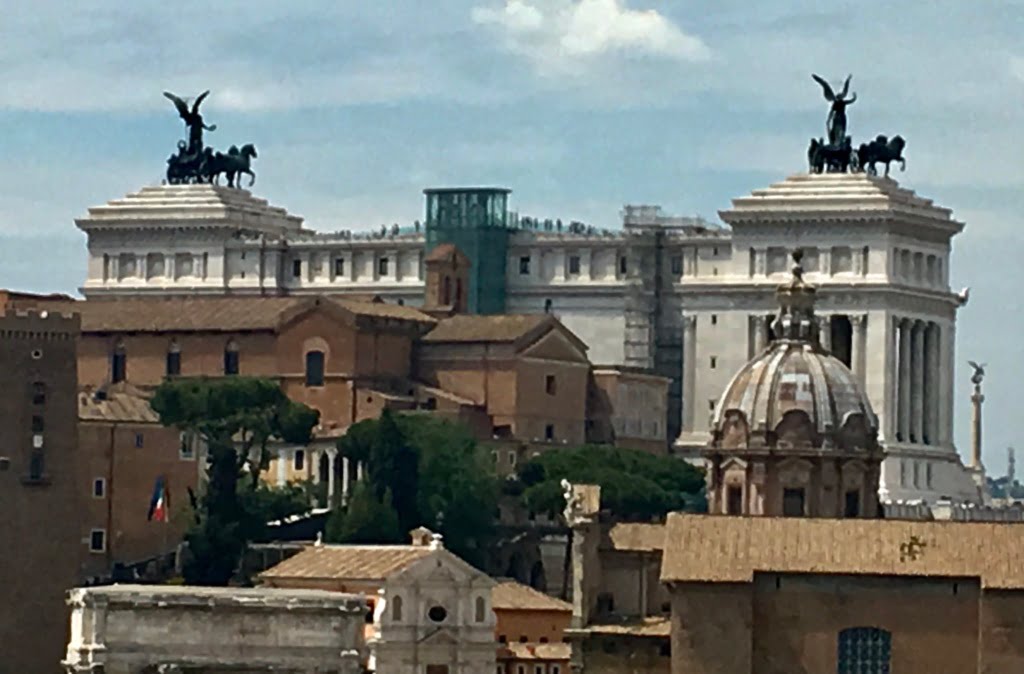Ever since the election of Donald J. Trump as President of the United States, a renewed focus has been placed on “white supremacy” and “white nationalism” and their role in the early origins of the United States.
As a result of the 400 year commemoration of the arrival of the first slave ship in Virginia in 1619, people spent a lot of time in 2019 reflecting on the connection between slavery and the origin of the United States. Leading up to that year, James Oliver Horton and Lois E. Horton published Slavery and the Making of America (Oxford University Press), as a companion to a Public Broadcasting Service (PBS) series by that name.
It seems remarkable that the form of domination called “slavery” only officially ended in the United States a little more than one hundred fifty years ago. I find it curious that Webster’s Third New International Dictionary (1996) does not list the word “domination” even once in its definition of slavery.

Among the entries under “slavery” we find, “hard work : drudgery, labor,” and “submissiveness to a dominating influence : subservience.” A focus on the dominated person being “submissive” keeps the focus off the dominator actively engaged in the domination of that person, or, in other words, the one who is imposing a system on the slave.
The Webster’s definition also lists “the inhuman exploitation of chattel,” rather than “the inhuman exploitation of other humans.” The word “chattel” is traced to the medieval term “chatel,” meaning “goods, property,” and the Middle Latin term “capitale.”
A question arises from the viewpoint of the slave master: Is it possible to engage in the “inhuman exploitation” of non-human cattle, goods, or property? The English philosopher William Blackstone called property “despotic dominion,” which is accurately translated as “domination.”
According to Dictionary.com “white supremacy” is the belief, theory, or doctrine that white peoples are inherently superior to people from all other racial groups, especially black people, and are therefore rightfully the dominant group in any society.” And Wikipedia, although not considered an authoritative source, adds:
“The term is also typically used to describe a political ideology that perpetuates and maintains the social, political, historical, or institutional domination by white people.” [emphasis added] Wikipedia further says that such domination is “evidenced by historical and contemporary sociopolitical structures such as the Atlantic slave trade, Jim Crow laws in the United States, and apartheid in South Africa.”
So here’s the question I’m leading up to. Given that white supremacy is regarded as a political ideology that perpetuates and maintains “domination by white people,” why is it never called “White domination” when it is being challenged or debated in the media or social forums?
We have already seen how the dictionary places focus on the one being characterized as “submissive.” Why not say they’re “being dominated” rather than submissive. Perhaps because that would place our focus on the ones engaged in the systematic domination of others. That type of focus would be looking up at the dominators rather than down on those being dominated.
In the context of “white supremacy,” the word “supremacy” means “domination.” “White domination” is the less polite term to accurately name what has been going on for centuries. By naming “domination,” we are provided with a much more insightful and accurate Frame of Vision.
The patterns of domination from the past continue to dominate the present. Nowhere is this more evident than in the field of U.S. federal Indian law and policy. Ever since the founding of the United States, when slavery was written into the U.S. Constitution, there has been a concerted effort to establish and maintain a U.S. system of domination over Native nations and peoples on the basis of a distinction between “Christian people” and “natives, who were heathens,” to quote the U.S. Supreme Court’s Johnson v. McIntosh decision from 1823.
What is being called white supremacy, emerged out of Christian empire and domination as exemplified by Latin language documents issued by the Vatican during the fifteenth century. In my examination of those Latin words in the Vatican papal bulls of the fifteenth century, and their English translations, I found a well established vocabulary used to express domination in different ways: invade, capture, vanquish, subdue, reduce to perpetual slavery, and take away all their possessions and property.
This vocabulary and code of domination illustrates the meaning of the English word “dominion,” which then exposes the true meaning of U.S. Supreme Court’s phrase “ultimate dominion” in the Johnson v. McIntosh ruling of 1823. That decision is the basis for the U.S. claim of a right of domination over all Native nations. It is instructional that during Roman times the vicious scourge was a symbol of dominion. It was used by the slave master or mistress to whip slaves. The root word dominio in Latin means, “to dominate.”

A scourge was a whip with balls of metal stuck full of small sharp points, and fastened at the ends of the whip. In The History of the Rod (1869, John Cambden Hotten), the Reverend William M. Cooper writes: “The scourge was looked upon by the Romans as characteristic of dominion; and the master or mistress of a Roman household often exercised their terrible powers with unrelenting severity, the poor slaves being not infrequently scourged to death from a mere caprice [whim].”

“A very small, leisured, aristocratic class, whose members were of varying degrees of wealth and influence, owned or controlled the productive land of Roman Italy and had succeeded in dominating state and society.”–Neal Wood, Cicero’s Social & Political Thought (1988).
The noun “dominion” may sound benign in English, but it is a horrific word, accurately defined as “a claimed right of domination with the power of life and death.” So, whenever you see the terms “white supremacy” and “white nationalism” in the news, the true meaning of those phrases is “white domination.” And remember, the idea of “white Christian domination” over “heathens” is still foundational to the current American system of ideas called federal Indian law and policy. — Steven Newcomb